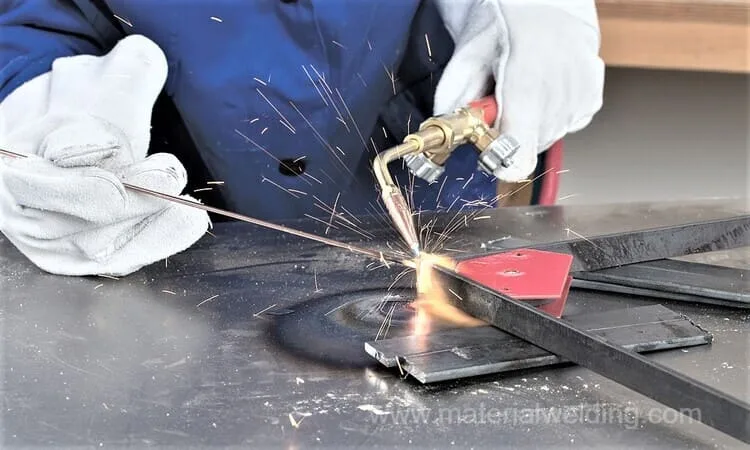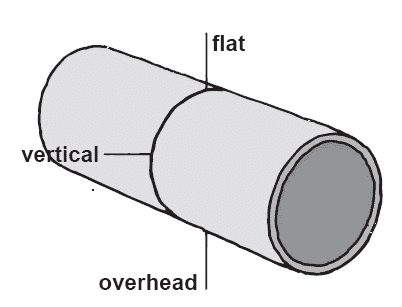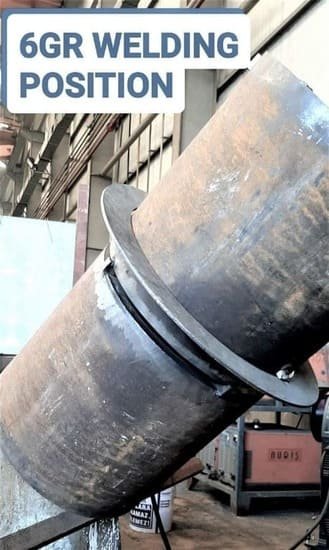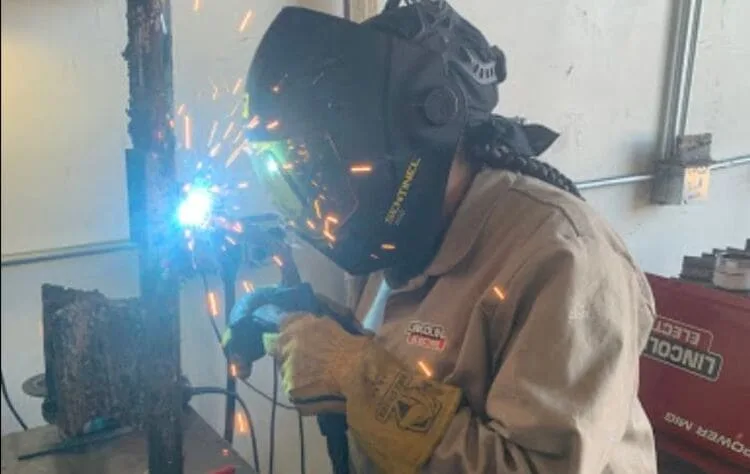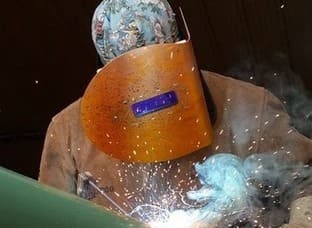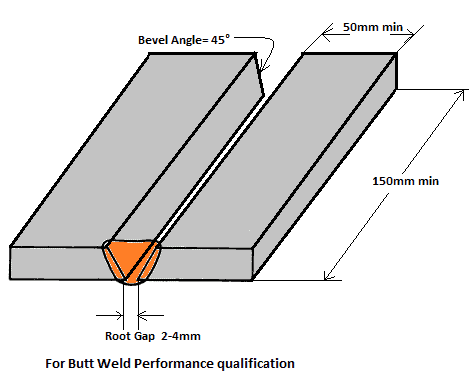6G Pipe Welding Position
6G Welding Position Test is applicable for pipe & very useful for Welders looking to advance their skills & career growth. Welding Position 6G offers a number of advantages for welders, including greater precision and quality in the welds they produce with a higher salary.
Welders looking to perfect their 6G welding skills face a difficult but achievable challenge. 6G welders must be able to weld in all positions and have a high level of skill and practice in order to produce consistent quality welds.
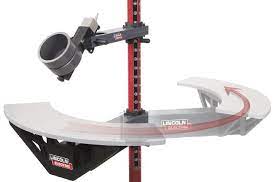
While the skills required for 6G welding are not impossible to learn, they are more difficult than those needed for other welding positions. The welder should take the time to practice these skills regularly in order to achieve the best results.
And because the 6G welding process is becoming more popular, there is likely to be greater availability of training and support resources for those who want to learn it at various schools in the USA & Canada.
Welders who are looking for ways to improve their skills and produce better-quality welds should consider learning the 6G welding process.
How to Weld & pass a pipe 6G Welding Position test
What does 6G Welding Position Mean?
6G is a Welding Test Position for Pipe Welders. ‘6‘ is the Position number & ‘G‘ means Groove weld. So, the 6G welding position is a groove weld position in which the test coupon is placed at 45 degrees from the horizontal plane.
Groove welds are made in a groove that is machined into the surface of the two pieces of metal being welded together.
Pipe welders use the 6G position most often to weld pipe. The 6G position allows the welder to see the weld joint and the welding puddle clearly compared to a 6GR Position, which makes it easier to control the welding arc and make a good quality weld.
What is the 6G Weld Test?
The 6G weld test is an important welder qualification test. The test coupon is welded at a 45-degree angle and the welder must pass a visual and mechanical inspection. The test setup is critical and the welder must be able to produce a consistent weld bead.
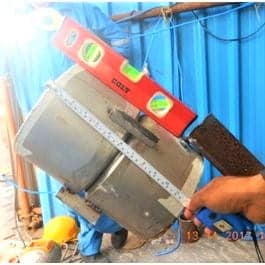
The final weld shall have sound quality weld to pass the radiography test or Bend Test as per the AWS D1.1 or ASME Section IX code to get a certified 6G welder.
A 6G qualified welder is allowed to weld in all positions so the 6G welding position weld test is a versatile welder qualification test.
6G Welding Certification
Welders who want to be certified in 6g welding need to pass an examination that is based on the ASME Section IX and AWS D1.1 welding codes. The certification verifies that welders are proficient in the use of all welding processes and materials used in 6g welding.
The certification also confirms that welders can produce quality welds that meet the stringent requirements of the code.
6G Welder Salary
Welders are in high demand due to the increasing popularity of welding as a profession. Salaries for welders vary based on experience, location, and other factors. 6g welders can expect to make a higher salary than most welders.
In the United States, the average salary for a 6g welder is $70,000 per year as per www.glassdoor.com including perks.
6g welders in Canada can expect to make an average salary of C$65,000 per year. The highest-paying state for welders is Texas, where the average annual salary is $90,000. The lowest-paying state is West Virginia, where the average annual salary is $37,000.
The job location with the highest salary for welders is in the oil and gas industry. Welders working in this industry can expect to make an average of $50,000 per year.
6G Welding Test Requirements
6g welding is a process that is used to weld pipe and tubing. For a successful 6G Welder Test result, make sure:
- Have correct weld bevel (Ideally 30 -35 Degree)
- Ensure a uniform root gap in the test coupon.
- Keep test coupon to 45 Degree. A 40 Degree angle is also within the range of the 6G position.
- Follow these tips & tricks for 6G welding.
The most common type of joint that is welded with the 6g welding process is a butt joint.
A butt joint is created when two pieces of metal are joined together at a right angle. The bevel on the edge of each piece of metal should be the same size and angle.
The root face is also important when creating a butt joint. The root face is the thickness of metal that is left at the base of the weld. It should be equal to or greater than the thickness of the metals being joined.
